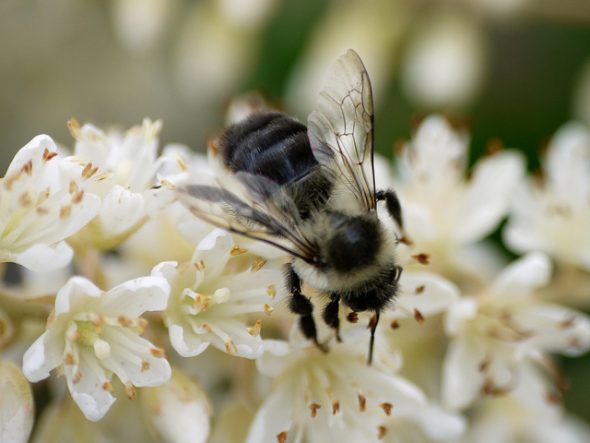On world food day Professor Richard Tiffin from the University’s Centre for Food Security discusses the challenges faced when meeting the global demand for food.
The present debate around how best to meet the global demand for food has a tendency to polarise into two camps. First there are those who argue that the food system is broken and what is required is a return to more ‘traditional’ ways in which food is produced on labour intensive small farms and distributed locally. In the opposite corner are technologists who argue that the only way that we will be able to meet the predicted increase in demand for food of between fifty and one hundred per cent, is to continue the process of intensification that characterised the development of agriculture during the twentieth century. Instead of this polarisation however perhaps some cross fertilisation is necessary.
A return to a more traditional agriculture has some appeal. There is no denying that small scale production gives a better looking countryside and increased rural employment. Its diversified products also provide a nice contrast to the commoditised food products that dominate the supermarket shelves. In a more subtle way the greater diversity of the farming system employed on these units may provide us with a greater degree of resilience in the face of increased risk of extreme weather events which climate change brings.
This is all logical but the problems arise when attempts are made to scale the approach up to meet a much larger part of our food needs. Increased labour intensity demands more labour and we have to ask where this will come from. ‘New-lifers’ can only go so far, farms will need to reverse the reality of the labour market in which non-agricultural jobs have better conditions and therefore draw people out of the sector. It is sometimes overlooked that farm employment is often dangerous, cold, wet, depressing and poorly paid.
The argument becomes much more dangerous, however, when we apply it to developing countries. Here the small scale sector is often vital in ensuring short term food security, but to argue that it should remain so risks consigning these countries to a permanently less developed state. The process of agricultural intensification must be seen as one component of the process of economic development. Blocking agricultural development will stop the release of labour (and other resources) from agriculture which drives growth in other sectors of the economy. Without this, growing populations may or may not have enough food, but they will be without the services that are necessary to support their inevitably more urban lifestyles.
So, we are left with a situation in which ‘intensification’ must continue, but we must also learn from the practitioners of ‘traditional’ agriculture. These farmers are acutely aware of the fact that food production is not an industrial process. Food is, at least in part, a product of nature. This is a fact that seems not have escaped the food consumer, where all the evidence points to the fact that ‘natural’ food is valued. The implication is that we cannot divorce our food production from the ecosystem which supports it. Changes in our farming system have implications for the other things which our ecosystem gives us, for example biodiversity and carbon cycling. Equally changes in the ecosystem, for example reductions in the population of pollinators, have implications for food production.
There are some encouraging signs that a middle way may become our focus.
The concept of sustainable intensification is on the agenda. This recognises that we must not stop the search for new ways of producing food but that we should do so in ways which work with nature rather than in a box apart from it. We should learn from our traditions but not harp back to them. By 2050 there will be 2bn more people in the world, 1.9bn of whom will be in developing countries. We owe it to them.
Professor Richard Tiffin is Director for the Centre for Food Security at the University of Reading. Richard is an Agricultural Economist and his current research is focused on diet and health policy, in particular the impacts of fiscal policies with the objective of improving dietary health, such as so-called ‘fat tax’.



